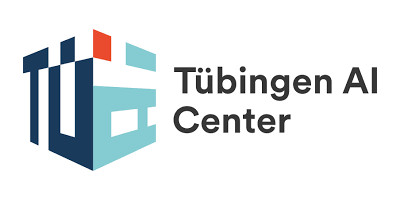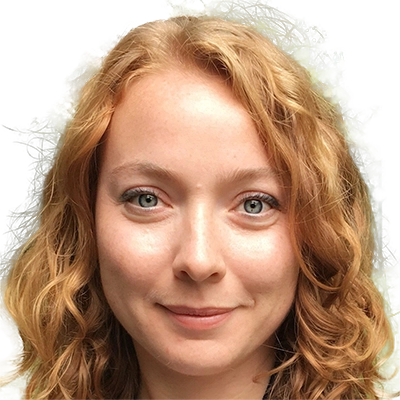How to Merge Multimodal Models Over Time?
MCML Authors

Karsten Roth
* Former Member
Abstract

Karsten Roth
* Former Member
Abstract
Model merging combines multiple expert models finetuned from a base foundation model on diverse tasks and domains into a single, more capable model. However, most existing model merging approaches assume that all experts are available simultaneously. In reality, new tasks and domains emerge progressively over time, requiring strategies to integrate the knowledge of expert models as they become available: a process we call temporal model merging. The temporal dimension introduces unique challenges not addressed in prior work, raising new questions such as: when training for a new task, should the expert model start from the merged past experts or from the original base model? Should we merge all models at each time step? Which merging techniques are best suited for temporal merging? Should different strategies be used to initialize the training and deploy the model? To answer these questions, we propose a unified framework called TIME (Temporal Integration of Model Expertise) which defines temporal model merging across three axes: (1) initialization, (2) deployment, and (3) merging technique. Using TIME, we study temporal model merging across model sizes, compute budgets, and learning horizons on the FoMo-in-Flux benchmark. Our comprehensive suite of experiments across TIME allows us to build a better understanding of current challenges and best practices for effective temporal model merging.
inproceedings DUR+25
MCDC @ICLR 2025
Workshop on Modularity for Collaborative, Decentralized, and Continual Deep Learning at the 13th International Conference on Learning Representations. Singapore, Apr 24-28, 2025.Authors
S. Dziadzio • V. Udandarao • K. Roth • A. Prabhu • Z. Akata • S. Albanie • M. BethgeLinks
URLIn Collaboration

Research Area
BibTeXKey: DUR+25

